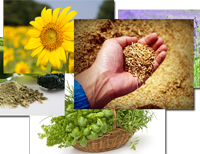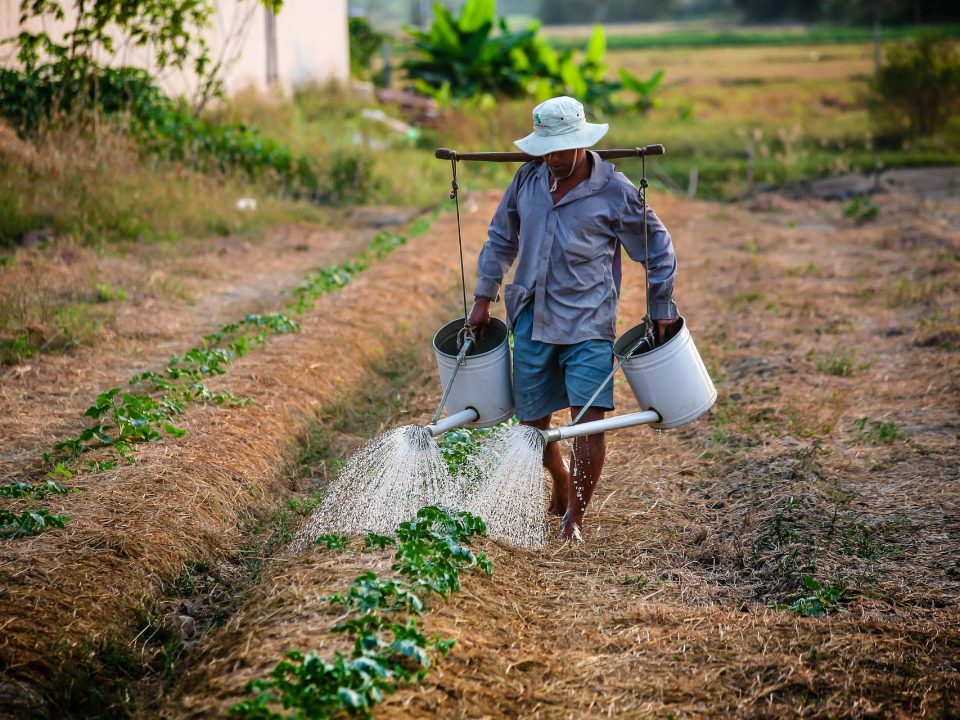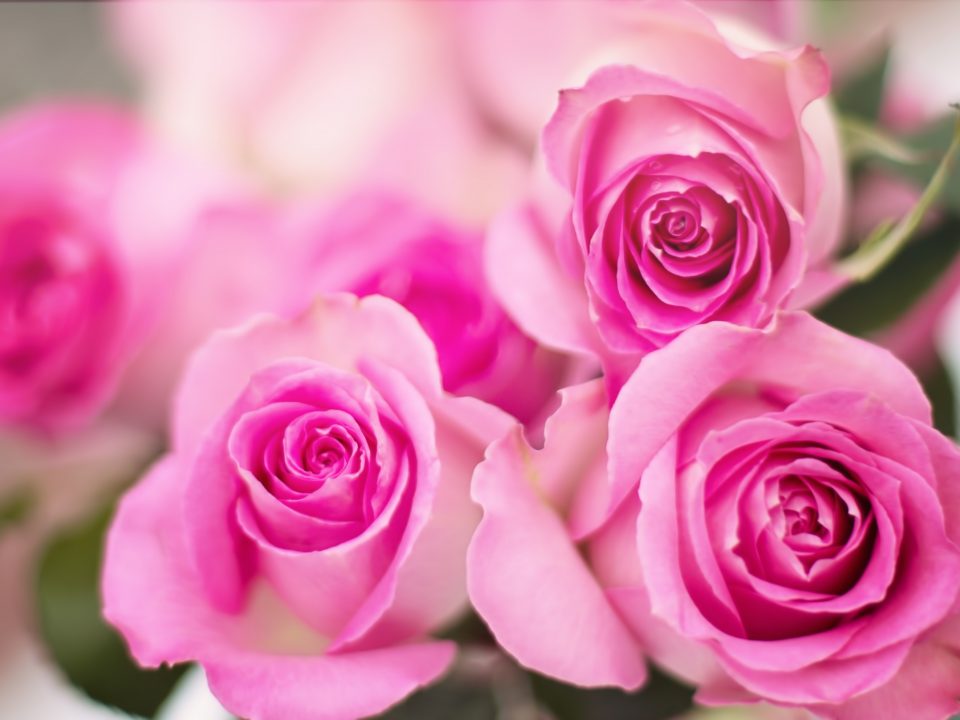medicinal herbs garden

Light & Plants
April 3, 2019
history of garden design
May 16, 2019Establishment of a medicinal herbs garden
Written by Ronen Kozushner, Natural Green Seeds –
Spring is already at the entrance and for those interested in establishing a garden of medicinal plants and spice it is best to start planning the garden already and be ready to plant with the beginning of the spring weather. Coastal and coastal plain areas usually precede the colder mountain regions, but each will choose the appropriate time according to the specific location of the garden.
How do I get to work? First choose the plants that we want to grow, according to our personal preferences and according to the garden available to us. Those who do not have a garden can certainly benefit from the plants by growing them in pots and tubs on the balcony or window sill.
When we choose a plant for the main crop, we choose plants we like and want to use, or we like the plant itself. We must know the plant we choose to grow and know if our plant is a herbaceous plant, shrub, tree, climber, succulent or something else. This figure is important in estimating the size of the plant when it grows, and according to this data, its planting distance is determined from other plants.
The following data we need to know about our plant are: a. How much sun exposure can the plant withstand? Whether the plant we chose can grow under full sun exposure, a common condition in the local climate, whether it needs shading during some of the day, or that it needs a fuller shade.
B. What are the water requirements of the plant. It is recommended to give preference to plants that are modest in their water requirements, plants that are usually resistant to full solar conditions. Apart from these plants, there are plants that need regular irrigation – once every few days, or for frequent irrigation, once every two days. The exact figures depend on the country where the plants are grown. More detailed data can be found in the genetics literature or in the nearest nursery.
After we have decided which plants we would like to grow, we should go to the planting work. The first and most significant stage is preparing the soil where the plants will grow. The preparation of good soil is a condition for success in growing the plants later on.
Preparation of the soil: The first stage of preparation of the soil is weeding and removal of stones from the area and then ventilation of the ground by turning it with a pitchfork. For the planting of grass plants or shrubs not large enough to ventilate the ground to a depth of about 30-40 cm (as long as the teeth of the pitchfork) and a greater depth for the planting of trees.
After venting the soil, it is recommended to plant good quality compost in a generous hand – about 15 liters per square meter, then to water the soil to saturation and to examine the rate of water drainage from the ground. The subject of water drainage from the soil is significant for ventilation systems and the roots of the plants factor in which depends largely on the growth plate of the plants.
Recommended plants for planting in the spring
Herbs: This group includes the herbaceous plants that we use in their fresh leaves to season the food, whether fresh or cooked:
Petroselinum hortense – “parsley”
The fragrant Sabbath – “Anethum graveolens”
Aromatic kelp – “Apiary graveolens”
The municipality of “Allium schoenoprasum”
Basil basil (“basimum basilicum”)
Mustard Mustard – Eruca sativa
Leaves of narrow leaves – “Rocket” (Diplotaxis tenuifolia)
Cultural ovaries – “Lepidium sativum”
Plants in this group are herbaceous, annual or perennial plants. These plants are recommended to grow in the beds under partial shading conditions and to ensure regular watering. It is recommended to set up a bed of herbs with a number of plants of any species, since in these plants we use the foliage of the plant.
Water-saving plants:
Origanum syriacum
Lavandula angustifolia
Micromeria fruticosa
Triple Sided (Salvia fruticosa)
Rosemary Medical (Rosmarinus officinalis)
True Aloe – Aloe vera
Myrtus communis
Rhythm – “Ruta” (Ruta spp.)
The shrub – “Sheba” (Artemisia arborescens)
Acute Pelargonium Gravelolens
It is best to grow these plants in the garden or garden margins, where less irrigation comes and of course can be exposed to full sun conditions.
A bushy wormwood
Other herbs and spices: common used plants suitable for growing in regular irrigation conditions and partial shade until full sun.
Cultural Origins – Origanum Majorana
Origanum vulgare (Origanum vulgare)
Thymus vulgaris (Thymus vulgaris)
Medical Sage (Salvia officinalis)
Lippia citriodora (Lippia)
Melissa officinalis
“Lemon grass” (Cymbopogon citrates)






